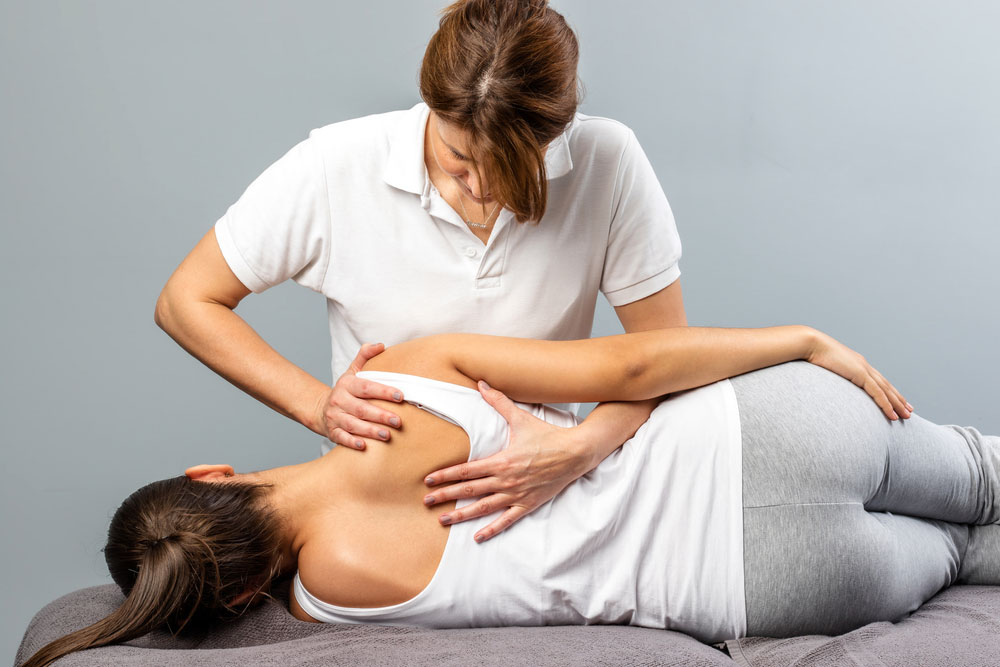Nowadays, back pain is one of the most relevant health problems. It causes limitations in those who suffer from it. In addition, it represents one of the leading causes of disability.
If back pain is not treated with care and attention it can become chronic. If there is no proper treatment the discomfort can be established for months and go slowly aggravating. That is why it is very important to know the symptoms of this lumbar discomfort and being able to perform physiotherapy treatment in the shortest possible time.
Physiotherapy
Capacitive diathermy
It is one of the most powerful and effective techniques in the treatment of pain of lower back in both acute and chronic phases. Capacitive diathermy produces rapid relief of pain and inflammation. It generates an endothermic effect in such a way that by increasing the heat in-depth it increases the blood flow while relaxing the muscle tissue. The combination of both factors multiplies its therapeutic effect. The physiotherapy with capacitive diathermy is very powerful in the treatment of lumbalgia in all its phases.
Tens
The high-frequency tens combined with the low-frequency one is a very useful therapy to get the patient at home to control outbreaks of pain. It is very simple equipment and for home use. If the physiotherapist teaches his patient to use the Tens correctly, he will provide you with a powerful weapon that will allow you to reduce the painful sensation.

Massage
The performance of a soft and relaxing massage will relieve the feeling of pressure and pain in the lower back.
Ultrasound
Ultrasound is a therapy that uses the vibration of sound to provoke an anti-inflammatory and soothing effect of pain in the affected lumbar area. In a certain way, it generates a type of deep vibratory massage transmitted by sonic waves.
Radiotherapy
It is a way to apply heat that sometimes is effective. It has the disadvantage that they are the outer layers. The skin and fat tissue that heat and absorbs more energy.
Infrared
The application of the external heat block part of the signal transmits the nerve. Also, it produces a certain effect of relaxation in the musculature which achieves a certain relief of pain and muscle relaxation.
In addition to the performance of the various physiotherapy techniques, we consider that the patient does not have recurrences. For this, once we have achieved a positive result and the patient is better, our job will be trying to correct postural defects if there would be. We will provide a series of exercises that strengthen and improve the resistance of abdominal and paravertebral muscles. We also advise the patient to adopt a different lifestyle. One that allows them to be free from the insidious of low back pain.
Additional Links
- Preliminary evidence for the features of non-reducible discogenic low pain on back: survey of an international physiotherapy expert panel with the Delphi technique.
- Physical function outcome in cervical radiculopathy patients after physiotherapy alone compared with anterior surgery followed by physiotherapy: a prospective randomized study with a 2-year follow-up.
- Simple things matter! How reassurance and pain management strategies can improve outcomes in physiotherapy: a case report.
- Chronic Pelvic Pain
- Minimally Invasive Spinal Surgery

